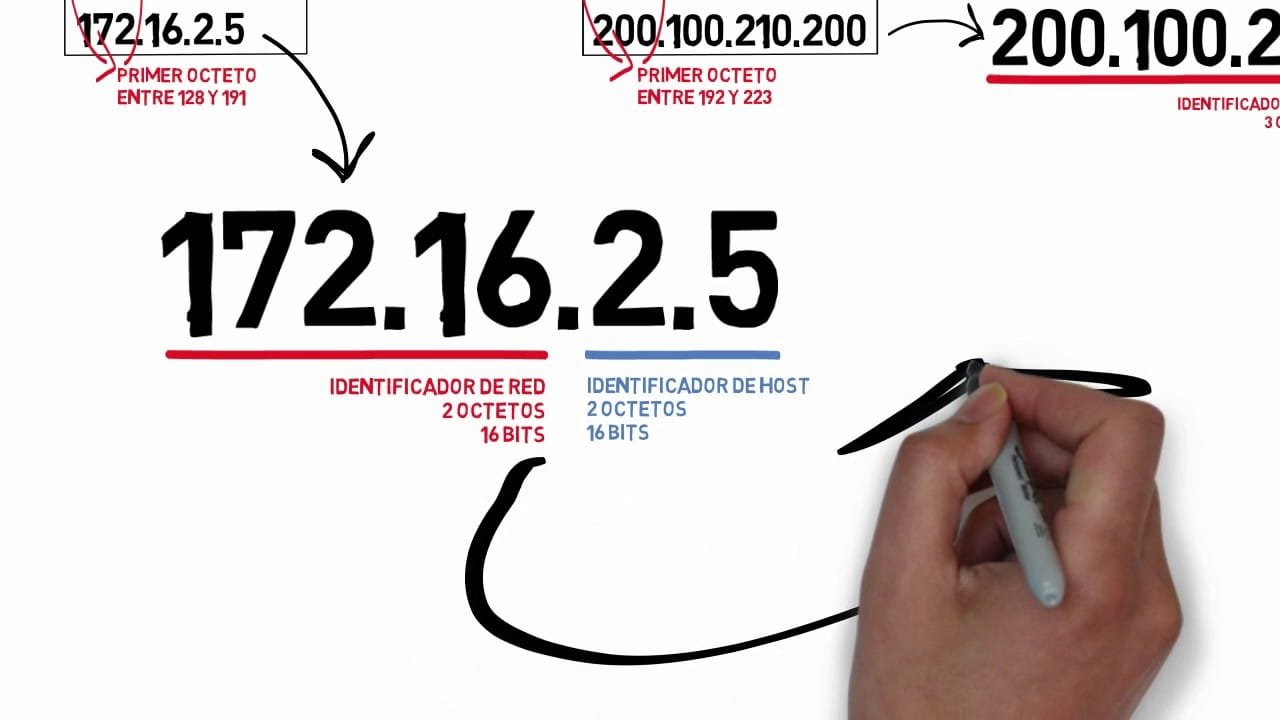From the early days of the web, Internet Protocol version 4 (IPv4) has been the cornerstone of digital communications. Despite its evident limitations and the emergence of IPv6, IPv4 continues to be the dominant standard and, according to experts, will remain relevant for decades to come.
The Beginnings of IPv4
The development of IPv4 began in the 1970s when ARPANET laid the groundwork for the Internet. In 1981, the refined version of the protocol was defined in RFC 791, and from that point on, its growth was unstoppable. The rise of the Internet in the 1990s necessitated solutions such as CIDR and the introduction of NAT to prevent premature address exhaustion.
Address Scarcity and the Commodification
With just 4.3 billion unique addresses, the saturation of the IPv4 space was evident as early as the 1990s. Starting in 2011, the Regional Internet Registries (RIRs) began to deplete their reserves, and a secondary market emerged where blocks of IPv4 addresses are sold for tens of thousands of euros, depending on their size and demand.
Temporary Solutions that Extend the Life of IPv4
Despite the existence of IPv6, technologies like NAT (Network Address Translation) and CGNAT (Carrier-Grade NAT) allow millions of devices to share public IPv4 addresses. Other mechanisms such as IPv6 to IPv4 tunnels and dual-stack configurations (with both protocols operating in parallel) have enabled continued operation without requiring an immediate switch.
The Slow March Towards IPv6
Although IPv6 has been available for over two decades, global adoption remains at just around 46%. Countries like India, Germany, and the United States are leading this transition, but progress is uneven. Many networks continue to rely on IPv4 due to the cost and complexity of migrating entire infrastructures.
The growth of IoT (Internet of Things) devices could accelerate IPv6 adoption, as each new sensor or smart device requires a unique address, and only IPv6 can provide a virtually unlimited number of addresses.
IPv4, a Legacy That Will Endure
Experts assert that IPv4 will not disappear definitively in the coming decades. Just as COBOL is still used in banking systems, IPv4 will remain in specific niches, legacy networks, and older devices. Meanwhile, major platforms like Google, Facebook, and Amazon will continue to support IPv6, but the coexistence of both protocols will be the norm.
Conclusion
IPv4, born in the 1980s, remains the pillar of the Internet more than 40 years later. The lack of an official retirement date, the costs of transition, and the robustness of patching solutions ensure that its presence will continue for a long time. IPv6 is growing, but its complete dominance is still far off. For most users and businesses, the change will not be forced, and the protocol that brought the Internet to life will remain well beyond our generation.
via: Linuxblog

